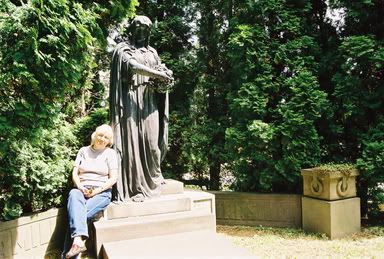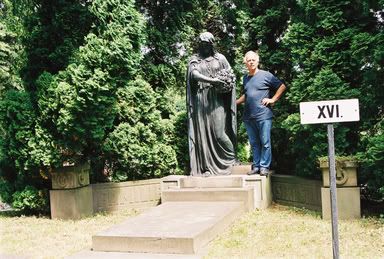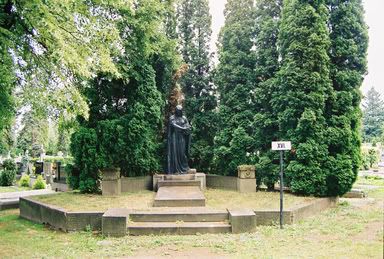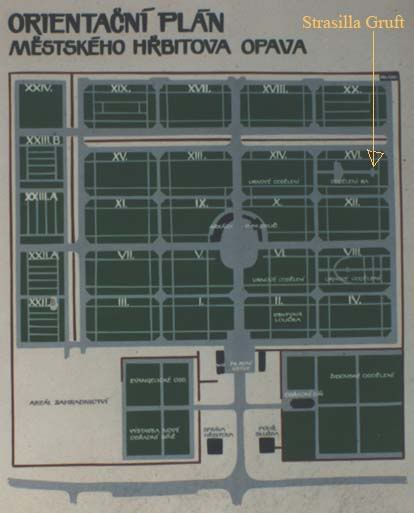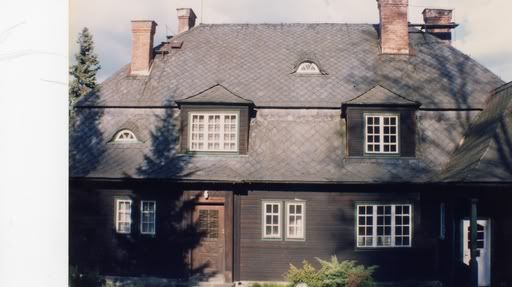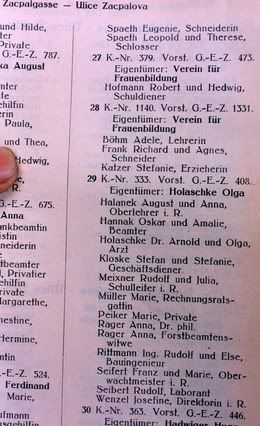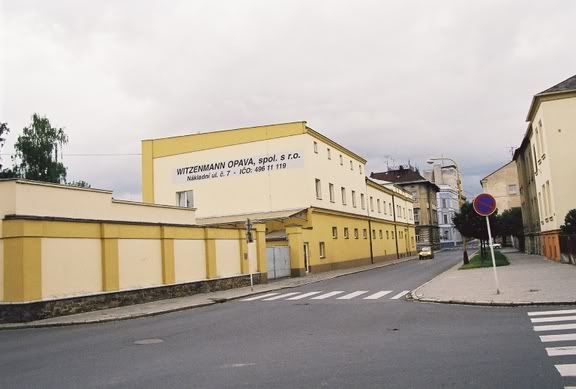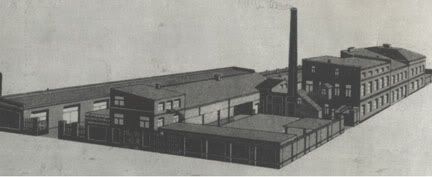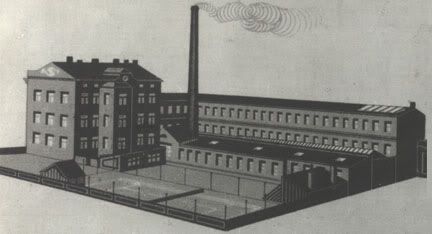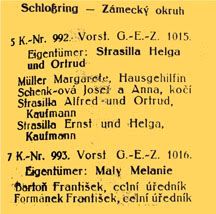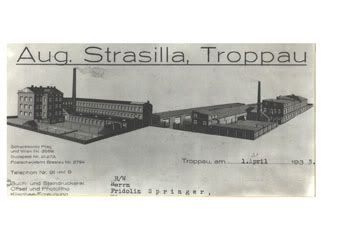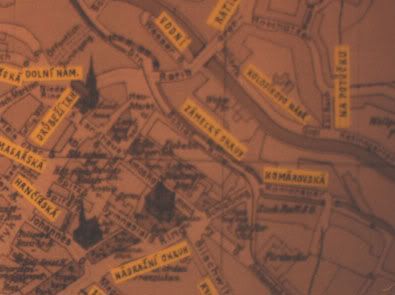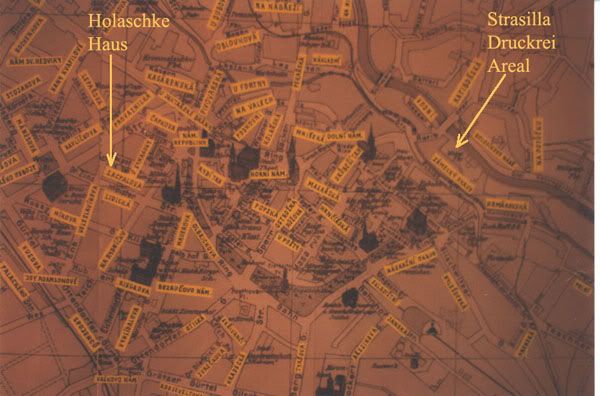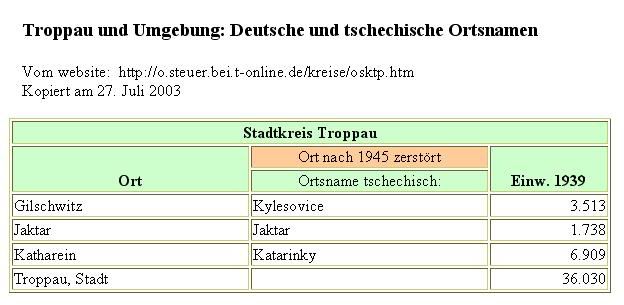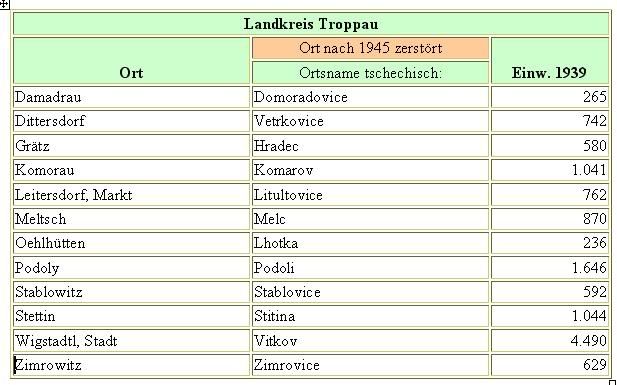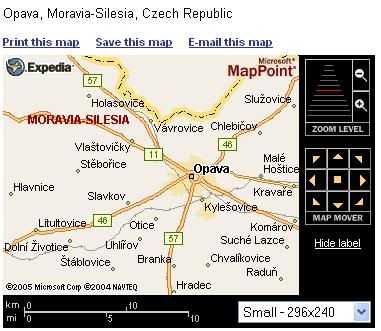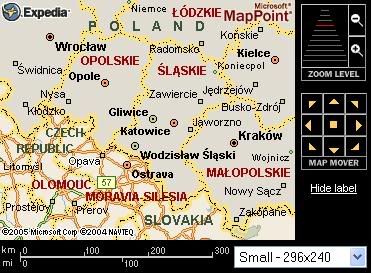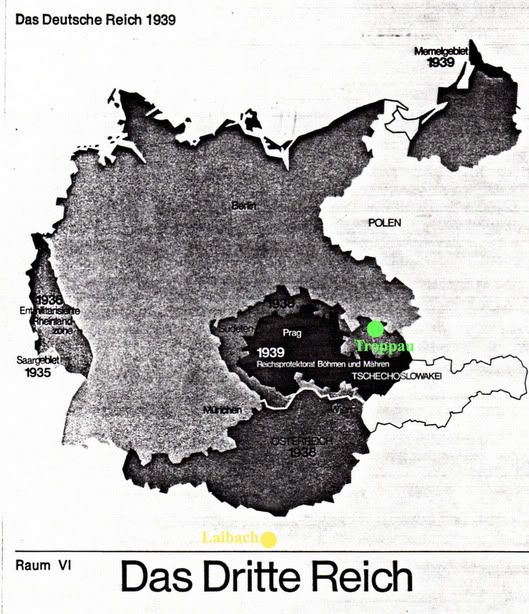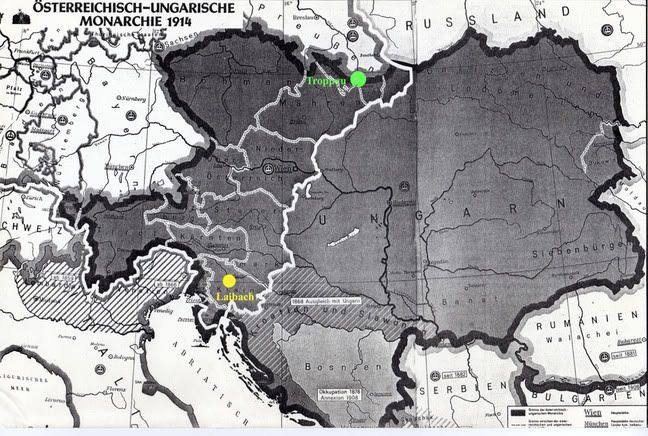Texas Tech
Lubbock, Texas
English 131
Spring 1956
The Gathering
By Udo Strasilla
It is summertime again – and the days of the convention of the ‘German Youth of the East’ are approaching. This is the third time that the organization will come together; and it promises to be a success like those past gatherings. Schoensee, a beautiful spot in the Bavarian Woods, and right close to the Bohemian Woods, has been chosen again as scene of the reunion.
The first group of boys arrives. Their legs are tired from riding their bicycle. After all, they have come from Northern Germany, and have a week’s trip behind them. But their faces brighten up when they see the arrival of a troop of boys and girls, who have been walking all the way from the Rhine River. They all quickly throw their bags from their back and jointly built the first tents. Soon another group arrives from an Alpine village of Bavaria. One tent is built after another at the side of the lake. And still there are boys and girls coming from all directions and the camp grows larger and larger. The youngsters come from all parts of Germany, either by train, by bicycle, or by foot.
Always when another group arrives they are welcomed by a big “Hurray”. Many know each other from the last gatherings or from before; some meet each other the first time. But they all have something in common. After all, what might cause them to travel such large distances to this place? The reason is that they all have experienced the same fate, and thus they have common interests. They, who are now scattered around in all parts of Germany, once lived close together. They were born and raised in the German provinces: East Prussia, Silesia or Sudetenland. They, as does each different province of Germany, have their own unique dialect, tradition and costumes. All those factors, that originated way back in history, caused them to be in a union, or in a large family, as part of the nation as a whole. But then the war came. When the war ended, all the Germans from the Eastern states were uprooted by a massive deportation. The Czechs drove the Germans out of their own homes, built by their parents and grand-parents; they evacuated them from the country which had been colonized way back by their ancestors; and thus these Germans were dispersed in all parts of Western Germany. By international agreement Sudetenland was made part of Czechoslovakia and the border between Czechoslovakia and Germany was set between the Bavarian and Bohemian Woods. These Germans from the East, deprived of their home had a difficult time to get re-established in a new surrounding. The only way to meet old friends, and to find a setting reminiscent of their lost home, was to create an organization based on common grounds. That is why the ‘German Youth of the East’ has been formed – to foster togetherness and to uphold their traditions.
Thus the gathering in the Schoensee Valley is like a big family reunion. Here the youngsters play and hike together, like they did before. In the evening they sit around the campfire and exchange memories or talk about the future. It is like a return into the lands of their fathers when the songs of the German East are sung, or when couples are dancing in their native costumes.
Then there comes the day for which everyone has been longing for a long time. It is the day when they shall see again their Fatherland. Since the border is about fifteen miles from the camp, it is a long walk. The caravan of boys and girls slowly makes its way through the thickness of the woods. But the closer they get to the border the more their pace is quickened. Finally they reach the ruins of a castle on top of the hill, from which knights, monks and farmers ventured out to colonize the East. Now again it is a symbol indicating the frontier.
The young people gather and quietly look over the forests and fields below them. Everyone is lost in thought. They know that the land beneath their feet is their fatherland. It has been nine years since they were forced by the Czechs to leave, and since then they have never seen their country. Now they are standing right on the edge of their homeland; but they dare not step a few steps further to cross the border and to touch the soil. An armed guard patrols the border up and down. Yet, everything else looks so peaceful down in the valley. Smoke rises from the chimneys of the village-houses. The whole village looks so peaceful, as if a war had never raged and as if it never has been a scene of such cruel torture and expulsion. The youngsters know, however, that foreign people are living in their houses and are working in their fields.
The sun is setting casting the hill’s shadow over the village. Its last rays seem to turn the treetops of the far distant hills into a golden color. From somewhere the call of the cuckoo sounds. A light cool wind comes from the East and fills the air with the scent of pine trees. The youth hold each other tighter and renew their pledge of allegiance to their homeland as they watch their flag being raised toward the sky.
Way past midnight, after the expedition has returned, it becomes quiet around the camp. Only the boy keeping night-watch is awake. He is rubbing his hands over the fire with his face turned toward the East. He too, like his companions in the tents, was impressed from having seen his homeland and he is dreaming of a peaceful return. For the love of the fatherland does not know any borders – the fatherland can never be forgotten!

